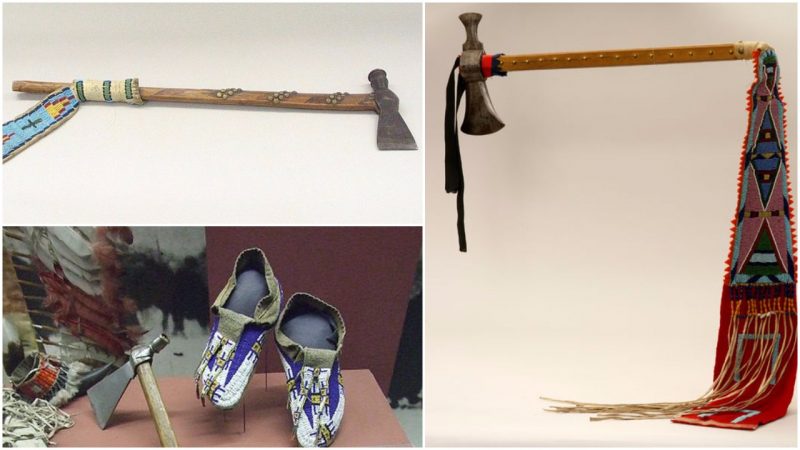A tomahawk (also referred to as a hawk) is a type of single-handed axe from North America, traditionally resembling a hatchet with a straight shaft.
The name came into the English language in the 17th century as an adaptation of the Powhatan (Virginian Algonquian) word.
Tomahawks were general purpose tools used by Native Americans and European colonials alike, and often employed as a hand-to-hand or a thrown weapon.
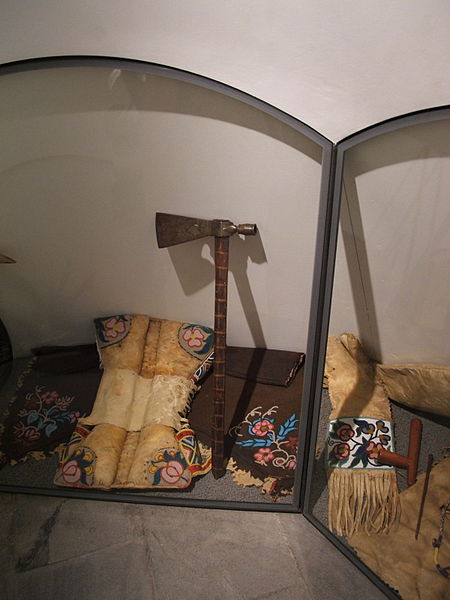
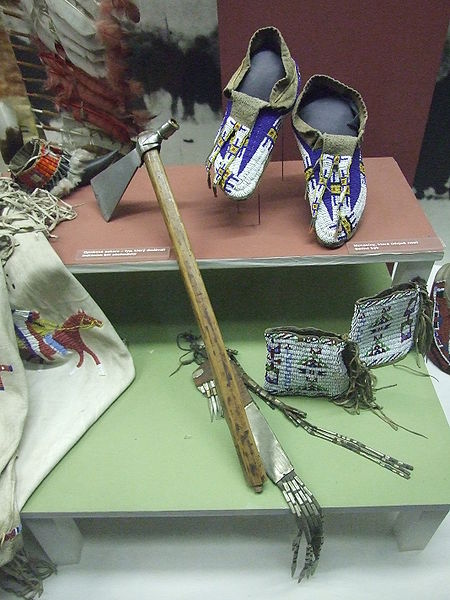
The Algonquian Indians in Native America created the tomahawk. Before Europeans came to the new world, Native Americans would use stones or shaped antler attached to wooden handles, secured with strips of rawhide.
Though typically used as weapons, they could also be used for everyday tasks, such as chopping, cutting or hunting.
The arrival of the Europeans introduced the metal blade to the natives, which improved the effectiveness of the tool.
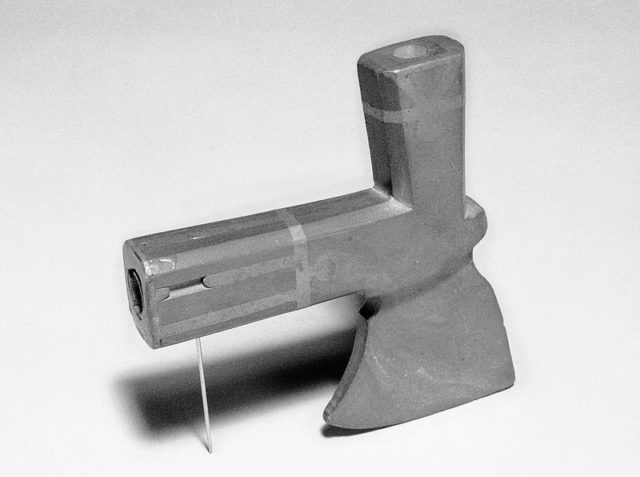
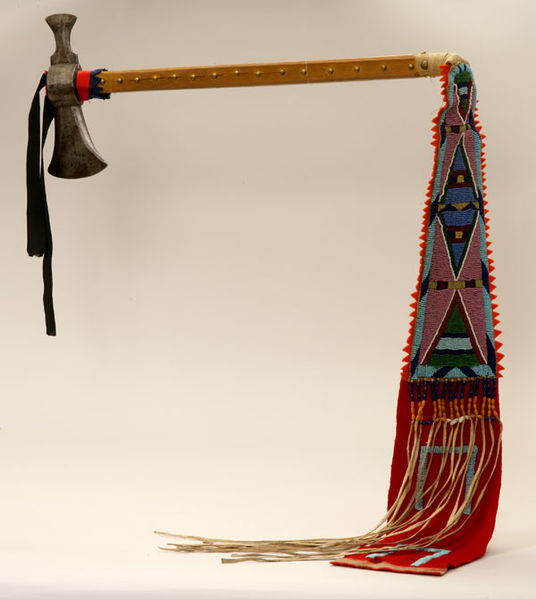
Metal did not break as readily as stone and could be fashioned for additional uses. Native Americans created a tomahawk’s poll, the side opposite the blade, which consisted of a hammer, spike or a pipe.
These became known as pipe tomahawks, which consisted of a bowl on the poll and a hollowed out shaft.
The modern tomahawk shaft is usually less than 2 ft (61 cm) in length, traditionally made of hickory, ash, or maple.The heads weigh anywhere from 9–20 oz (260–570 g), with a cutting edge usually not much longer than four inches (10 cm) from toe to heel.
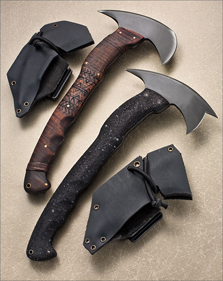
The poll can feature a hammer, spike, or may simply be rounded off, and they usually do not have lugs. These sometimes had a pipe-bowl carved into the poll, and a hole drilled down the center of the shaft for smoking tobacco through the tomahawk.
There are also metal-headed versions of this unusual pipe. Pipe tomahawks are artifacts unique to North America: created by Europeans as trade objects but often exchanged as diplomatic gifts.
They were symbols of the choice Europeans and Native Americans faced whenever they met: one end was the pipe of peace, the other an axe of war.
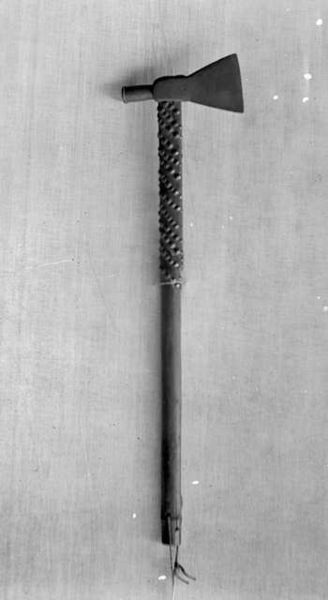
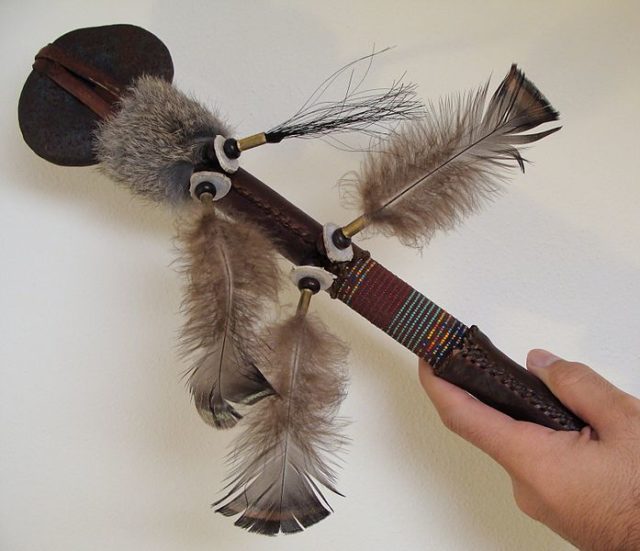
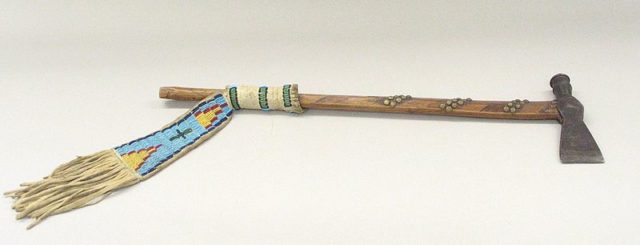
In colonial French territory, a very different tomahawk design, closer to the ancient European francisca, was in use by French settlers and indigenous peoples.
In the late 18th century, the British Army issued tomahawks to their colonial regulars during the American Revolutionary War as a weapon and tool.
